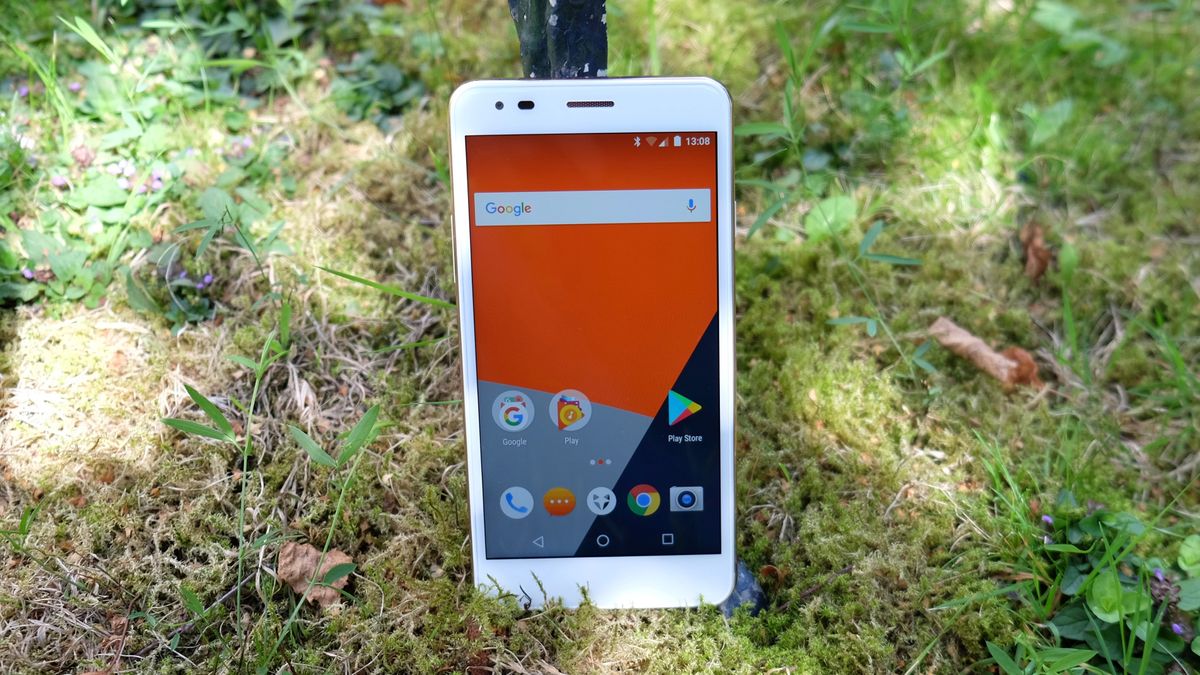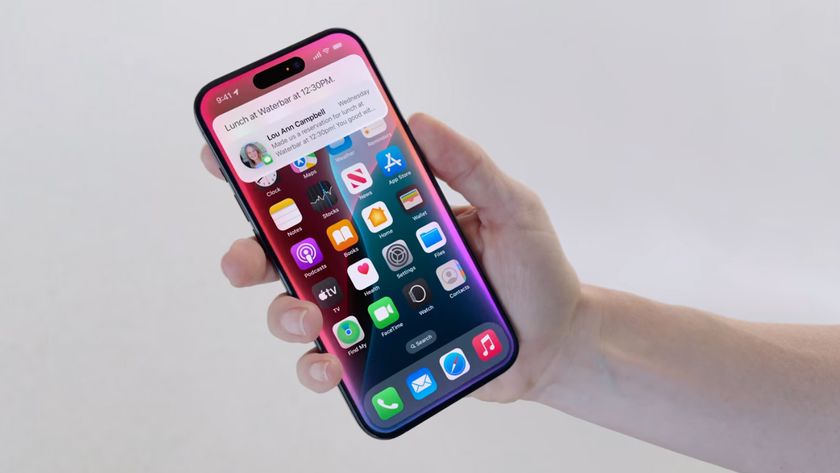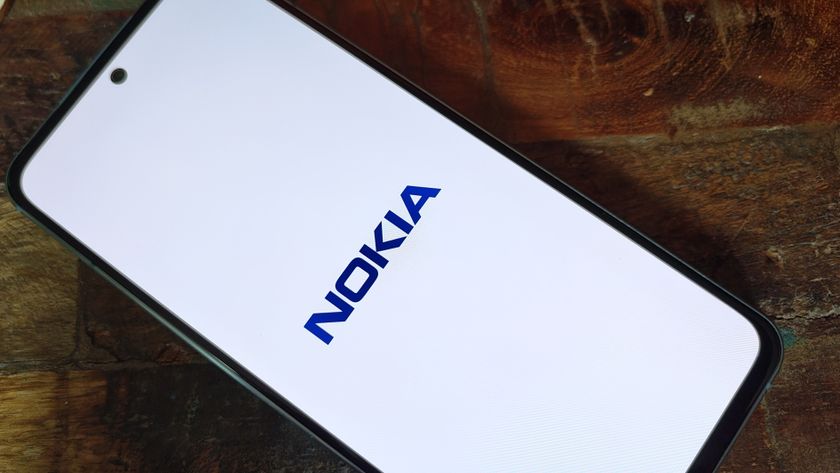TechRadar Verdict
With poor performance and a price that pitches it even closer to the budget phone big hitters, the Wileyfox Spark X will struggle to dig out a niche for itself.
Pros
- +
Affordable price
- +
Bright display
- +
Lightweight Android OS
Cons
- -
Glitchy software
- -
Poor battery life
- -
Mediocre camera
Why you can trust TechRadar
Wileyfox has provided us with some of the tidiest budget phones of recent years, but neither the Wileyfox Spark nor the Wileyfox Spark Plus proved to be quite as bright as we hoped.
While the Wileyfox Spark X attempts to improve matters by super-sizing a couple of the core specs, this has had a knock-on effect when it comes to the price. Whereas the Spark could be had for £90 and the Spark Plus £120, the Spark X costs £139.
This still places the Spark X firmly in the budget category, of course, but it also pitches it perilously close to Moto G5 territory.
Perhaps even more uncomfortable for the British brand is the close proximity of the super-stylish Wileyfox Swift 2 a little further up the range.

In fact, you can get this more attractive stablemate for around the same price from Amazon, which is a little awkward.
Unfortunately, within the context of its elevated price bracket, the Wileyfox Spark X’s lingering issues are even harder to forgive.
Mod almighty
- CyanogenMod replacement is a lesser offering
- Wileyfox Zen is a clean, if inessential news feed service
Wileyfox phones have always been remarkable for their software, even on the occasions when their hardware hasn’t been anything special. That’s still the case with the Wileyfox Spark X, but not always for the right reasons.

The British company has recently been forced to move away from its use of the now-defunct CyanogenMod, which was a much beloved and highly customisable modification of Google’s Android OS. Sure enough, the Spark X model we were sent seemed to come with a custom take on Android 7.0 Nougat.
This looks a lot like the tweaked CyanogenMod of previous devices, which was very much like stock Android but with a few visual touches like a Wileyfox logo in place of the app tray icon.
Unfortunately, you also lose much of the customisation potential that many used to like about CyanogenMod and, by extension, Wileyfox phones. For example, gone is the powerful Themes system that let you change the look of the interface on the fly, as well as the ability to change the screen’s DPI and colour temperature.
Gone, too, is the AudioFX digital sound equaliser.

It’s not all losses here, though. Truecaller remains as the default dialler, which is handy for filtering out spam callers and unwanted text messages.
New this time is Wileyfox Zen, which is a custom news feed service accessed by swiping right from the home screen. It’s pretty standard stuff, as you pick from a small selection of media sources, stories from which are then funnelled into a constantly refreshed scrolling list.
It all looks clean enough, but whether you’ll break away from the likes of Flipboard or your chosen news app and take up with Wileyfox Zen is another matter entirely.
Design and display
- Plastic construction
- Display is bright, if not sufficiently sharp
Wileyfox hasn’t deviated from the solid plastic construction of the other Spark handsets with the Spark X. The front of the device is all glass, there’s a slightly chintzy shiny bronze plastic rim (at least on our white model), and a matt plastic removable cover that takes up the entire rear half of the phone.
The latter has a textured Wileyfox logo slap bang in the middle where you might hope a fingerprint scanner would be. And no, there isn’t one on the front either.

That’s a bit of a downer, as such biometric hardware is no longer a luxury feature. We recently had the £85 Vodafone Smart N8 crop up with a very creditable example, and it feels all the more premium for it.
Indeed, the Wileyfox Spark X’s design in general feels harder to praise than with the previous Wileyfox models thanks to its price. For just around £20 more you can get the solid aluminium rear of the Moto G5 or Wileyfox’s own Swift 2.
This isn’t an unpleasant phone to hold, though. That matt plastic back, along with the phone’s curved edges and not-too-heavy 163g weight ensure it sits well in the hand. At 8.75mm it’s hardly super model-skinny, but nor is it a total pocket filler.

The power and volume buttons are sensibly situated on opposite edges, which is particularly appreciated given that they are identically textured. You get a 3.5mm port on top and a micro USB slot on the bottom, the latter of which smartly doubles as the point at which you slip your fingernail in to prise away the rear cover.
You’ll need to do that to fill one of the two microSIM card slots, as well as to insert an optional microSD card. In order to do any of these things you’ll also need to remove the battery, which is a power user’s feature in a decidedly non-power user’s phone.
The Wileyfox Spark X’s 5.5-inch IPS LCD display is appropriately bright given the phone’s name. We found that keeping the brightness slider around the halfway point was the most comfortable setting for most scenarios.
That’s a pretty normal practice with high-end phones, but it’s far less common with budget handsets, which tend to be quite dim.

Of course, this still isn’t a high-end panel. Colours are fairly accurate, if a tad muted compared to more expensive phones, while the overall tone is on the warm side. But the main kicker here is the screen’s 720p resolution.
It’s true that the other Spark phones also have 720p displays, but they’re also much smaller. We’ve said it before, but in a 5.5-inch phone you really need a 1080p display resolution for an optimal experience.
Anything less and you can start to see the pixels, while the home screen icons here are almost cartoonishly big when you set them against a Full HD phone.
The important thing to note here is that it needn’t be this way just because of that £140 price tag. The Moto G5 and the Vodafone Smart V8 provide 1080p displays for just £20 to £30 more.
Most Popular









